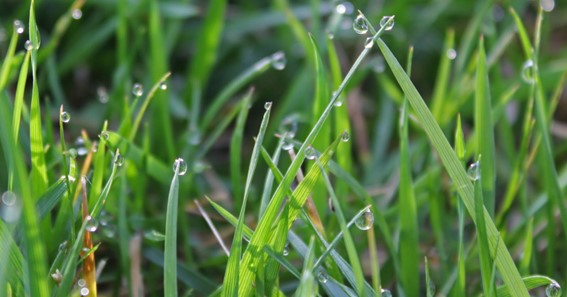Are you curious to know what is responsible for guttation? You have come to the right place as I am going to tell you everything about responsible for guttation in a very simple explanation. Without further discussion let’s begin to know what is responsible for guttation?
What Is Responsible For Guttation?
Plants exhibit remarkable adaptations and mechanisms to maintain their physiological balance and respond to various environmental conditions. One intriguing phenomenon seen in certain plant species is guttation. Guttation refers to the release of liquid droplets from the tips or edges of leaves, often observed in the early morning or during periods of high humidity. In this blog, we will unravel the causes behind guttation, shed light on the role of hydathodes, and discuss the significance of this process in plant physiology.
Understanding Guttation
Guttation is the result of the exudation of liquid from specialized structures called hydathodes, located at the tips or edges of plant leaves. Unlike transpiration, which primarily involves the loss of water vapor through stomata, guttation involves the secretion of liquid water. This process occurs when the internal plant pressure, known as root pressure, exceeds the ability of the plant to transpire.
Causes Of Guttation
Root Pressure: Root pressure is a driving force for guttation. During periods of high soil moisture, water is actively absorbed by the plant roots and transported upwards through the xylem. The accumulation of water in the roots creates a positive pressure, pushing water up through the plant’s vascular system and leading to the release of liquid droplets through the hydathodes.
Reduced Transpiration: Guttation is more likely to occur when transpiration rates are low, such as during high humidity or at night. Under these conditions, the plant’s ability to release water vapor through the stomata is reduced, resulting in an accumulation of water within the plant and an increased likelihood of guttation.
The Role Of Hydathodes
Hydathodes are specialized structures found at the leaf margins or tips of plants. They consist of clusters of cells with specialized openings called water pores or stomata. These stomata are different from the stomata present on the leaf surface for gas exchange. Hydathodes facilitate the release of water droplets produced during guttation.
Significance Of Guttation
- Water Balance: Guttation plays a role in maintaining the water balance of plants. It allows the plant to eliminate excess water absorbed from the soil when transpiration rates are low. By releasing liquid droplets, plants prevent the accumulation of water that could potentially lead to cellular damage.
- Nutrient Transport: Guttation droplets can also contain dissolved nutrients, including minerals and organic compounds. The release of these nutrients through guttation provides a means for plants to transport essential substances to various parts of the plant, contributing to their growth and development.
- Protection Against Pathogens: The guttation fluid released through hydathodes contains substances that possess antimicrobial properties. This secretion can help protect the plant against certain pathogens by inhibiting their growth and preventing infection.
Conclusion
Guttation is a fascinating process observed in plants, where liquid droplets are released from specialized structures called hydathodes. Root pressure and reduced transpiration are the primary causes of guttation. This process allows plants to regulate their water balance, transport nutrients, and provide protection against pathogens. Understanding the underlying mechanisms of guttation enhances our knowledge of plant physiology and underscores the remarkable adaptations of plants to their environment.
FAQ
Which Stomata Is Responsible For Guttation?
Guttation is the excretion of drops of xylem sap on the tips or edges of leaves of some vascular plants, such as grasses. In the absence of light, plant loose excess water in the form of liquid through hydathodes because most plants have their stomata closed at night.
Which Organ Helps In Guttation?
Xylem is responsible for guttation.
Xylem tissue is the organ tissue that mainly transports water and mineral salts from the root to the various parts of the plant body.
Is Guttation Due To Transpiration?
Transpiration and guttation are the two important process of removal of excess water from the plants. However, the two processes are different from each other. Transpiration is the removal of water from the stomata present on the leaves. On the contrary, guttation is the process of removal of water from the hydathodes.
What Is Called Guttation?
Guttation is the process of secretion of water droplets from the pores of some vascular plants like grass. Guttation is often confused with dew droplets that condense from the atmosphere onto the plant’s surface.
I Have Covered All The Following Queries And Topics In The Above Article
What Is Responsible For Guttation?
Which Pressure Is Responsible For Guttation
Common Gibberellin Is
Guttation In Plants Is Indicative Of
Hydathode Is Responsible For
Which Organ Is Mainly Involved In Guttation
The Specific Function Of Light Energy In Photosynthesis Is To
Root Pressure Is Responsible For
The Loss Of Water As Water Vapour From The Aerial Parts
What Is Responsible For Guttation
What is guttation and where does it occur
What is guttation & why is it important?


